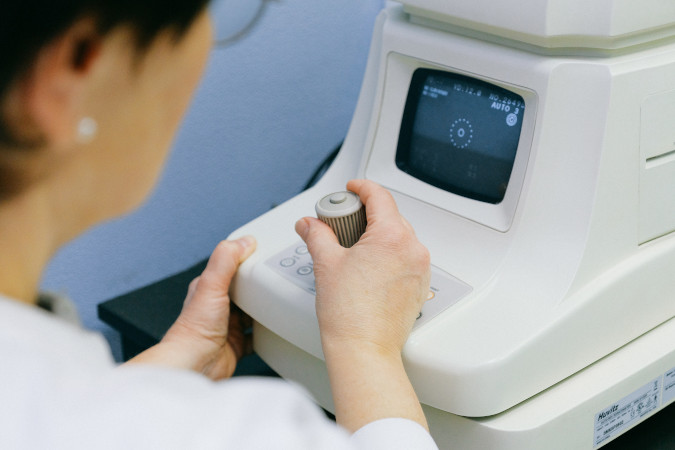
Average Hourly
$18.50
Range Hourly
$11.39 – $31.31
Average Yearly
$36,075
Range Yearly
$22,201 – $61,047
Other technical occupations in therapy and assessment (3237)
Ophthalmic assistant
Ophthalmic medical assistant
Ophthalmic medical technician
Ophthalmic medical technologist
Ophthalmic technician
Ophthalmic technician (except retail)
Ophthalmic technologist
Ophthalmologist assistant
Ophthalmic medical assistants require completion of a one- to two-year college program or a two-year hospital-based training program in ophthalmic medical technology or a minimum of one year of supervised practical training under an ophthalmologist and completion of an approved ophthalmic assistant home study program.
Average hourly |
Range hourly |
Average yearly |
Range yearly |
$18.50 |
$11.39 - $31.31 |
$36,075 |
$22,201 - $61,047 |
High
Employment outlook is mostly good across provinces. More information is available here.
Different levels of Ophthalmologist assistant position can be obtained based on further training and skills acquired:
Three primary tiers:
-Certified Ophthalmic Assistant (COA)
-Certified Ophthalmic Technician (COT)
-Certified Ophthalmic Medical Technologist (COMT)
Other levels with specified skills acquired:
-Ophthalmic Surgical Assisting (OSA)
-Registered Ophthalmic Ultrasound Biometrist (ROUB)
-Certified Diagnostic Ophthalmic Sonographer (CDOS)
-Corporate Certified Ophthalmic Assistant (CCOA)
-Ophthalmic Scribe Certification (OSC)
0-1 year
An ophthalmic assistant program can be a start.
Examples:
Ophthalmic and Optometric Assisting certificate at SAIT
Ophthalmic Medical Personnel Program at Centennial College
Honors Bachelor of Science in Ophthalmic Medical Technology at University of Ottawa Eye Institute (TG) (with conditions limited candidates can directly enroll into 3rd year)
Customer service, the ability to study and interpret customer issues, the ability to focus on details, patience and perseverance, organizational, interpersonal and communications skills, multitasking, analytical skills, ability to interpret scientific data, teamwork
They usually work on day shifts. But evening, night, and weekend shifts might be needed if they work in hospital settings.
Licensing is generally not mandatory, but JCAHPO certification maybe preferred
Finding an opportunity through networking in an optometrist/ophthalmologist/optician’s office can be a start. This way by on-the-job training gradually getting certification for COA, COT, COMT is possible but difficult.
Enrolling into an ophthalmologic assistant program and then work all the way up can be a suitable option.
There is an option to get JCAHPO certification without getting further training for IMGs with ophthalmology background. They can ask for special consideration pathway for being eligible for JCAHPO certification exams. More information can be available here.